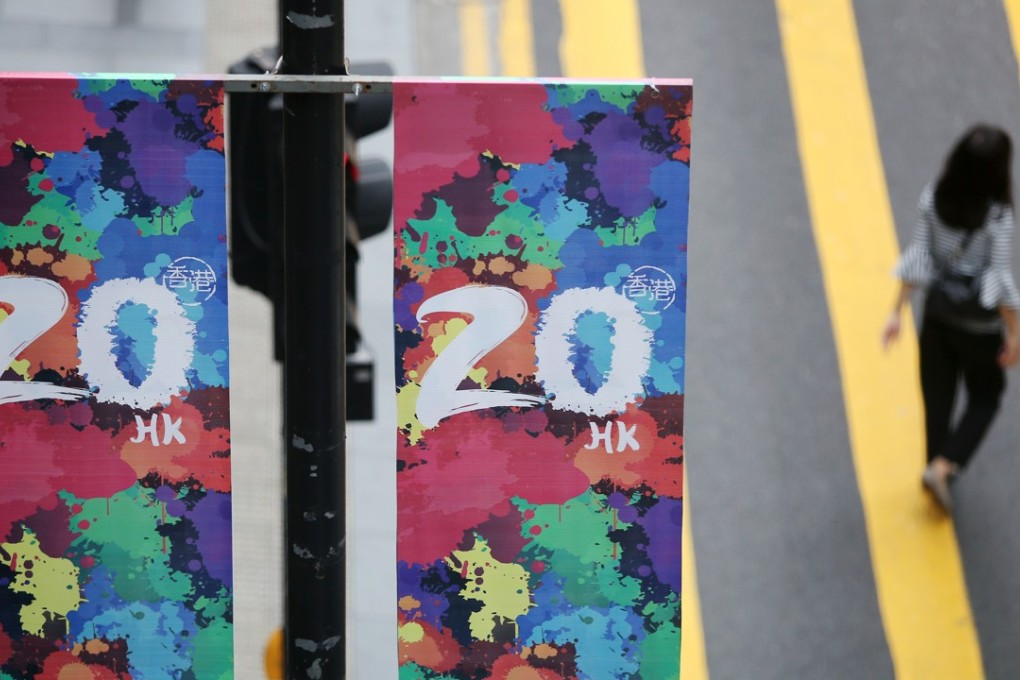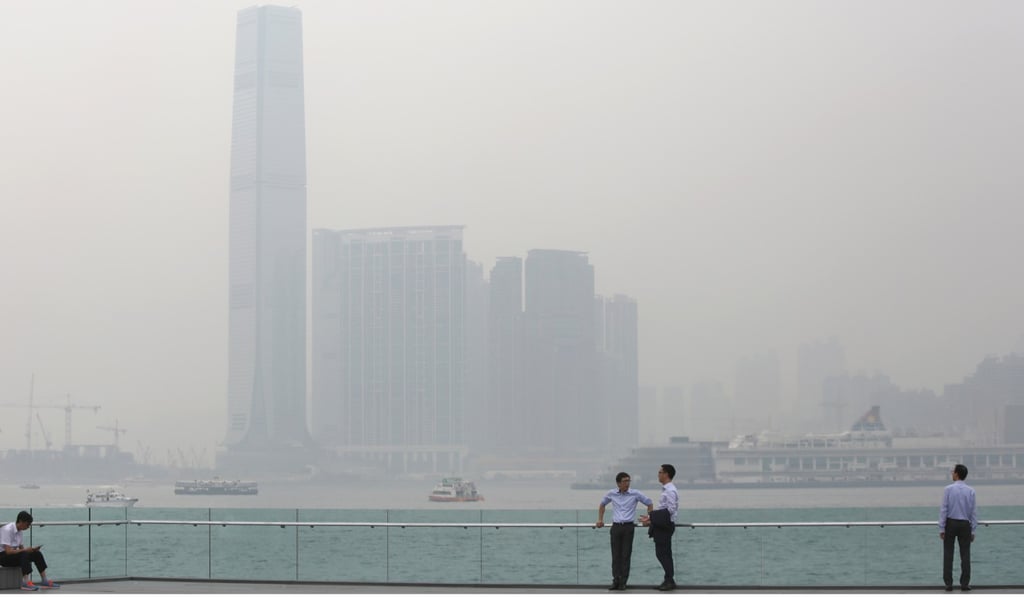Abacus | Hong Kong handover: what we got right (and wrong) in predictions for 2017
A writer’s optimistic fantasy from 10 years ago imagined an idealised Hong Kong in 2017 – clean air, affordable housing, an end to cartels – that only required a few simple reforms. Should we try again for 2027?

This work of fiction did not attempt to forecast what Hong Kong would be like in 2017. Rather it tried to imagine what Hong Kong could look like if only the city’s government were to make a few fairly simple policy changes over the intervening years. It has to be said though, that the writer’s imaginings were tempered with a certain healthy scepticism.
As Beijing urges understanding of Hong Kong’s Basic Law, it should look to its own backyard
As with any attempt to peer into the future, the writer got some things hilariously wrong. He did, however, also get a few things right. Where he flew wide of the mark and where he was spot on have some instructive things to tell us about how Hong Kong has evolved, and how it has failed to evolve, in the 10 years since 2007.
The story opened with a 28-year-old Connie Lo admiring the crystal-clear view from her spacious and affordable flat in a new low-rise development built on some of the 270 hectares of prime waterfront land freed up by the closure of the city’s container port.

Let’s start with that crystal-clear view. The story imagined that the Hong Kong government had moved aggressively in the years following 2007 to tackle the city’s worsening pollution problem. It had enforced stringent standards for emissions and energy efficiency, and pressed businesses and local authorities throughout the Pearl River Delta to sign up to cap-and-trade schemes intended to reduce pollution across the region.
As it turns out, Hong Kong’s air quality has broadly improved over the past 10 years, although not to the extent our story imagined. Nor can the improvement be credited so fully to vigorous action by the government. Much of the decline in pollutant levels is simply the result of slowing growth in the mainland economy, which has allowed the use of many of its dirtiest fuels to be phased out. In Hong Kong, however, the government has done nothing to tackle traffic congestion, and too many high-pollution vehicles continue to ply the roads, posing a threat to the inhabitants’ health.
